In this auspicious occasion, we are delighted to delve into the intriguing topic related to Hong Kong Calendar 2025 with Lunar Calendar. Let’s weave interesting information and offer fresh perspectives to the readers.
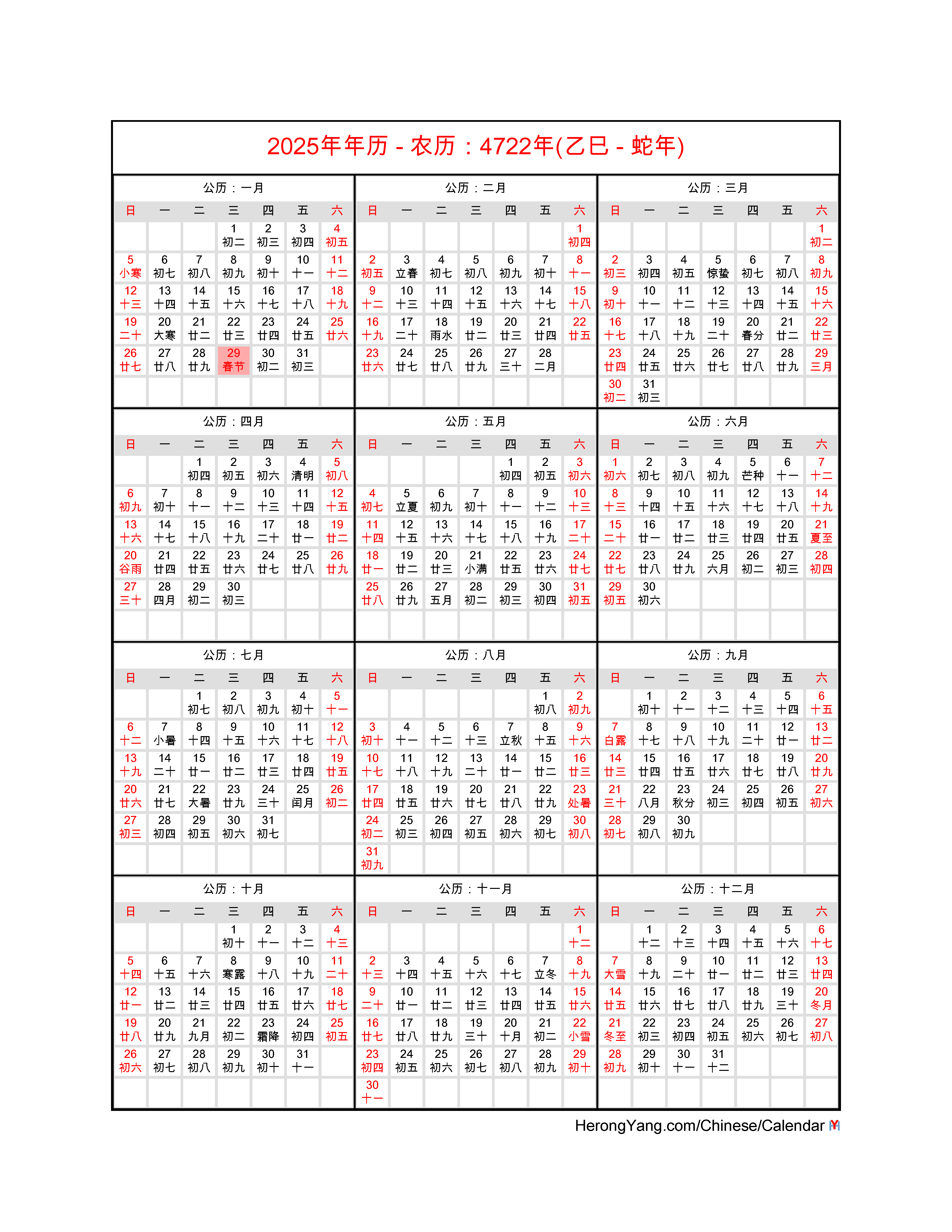

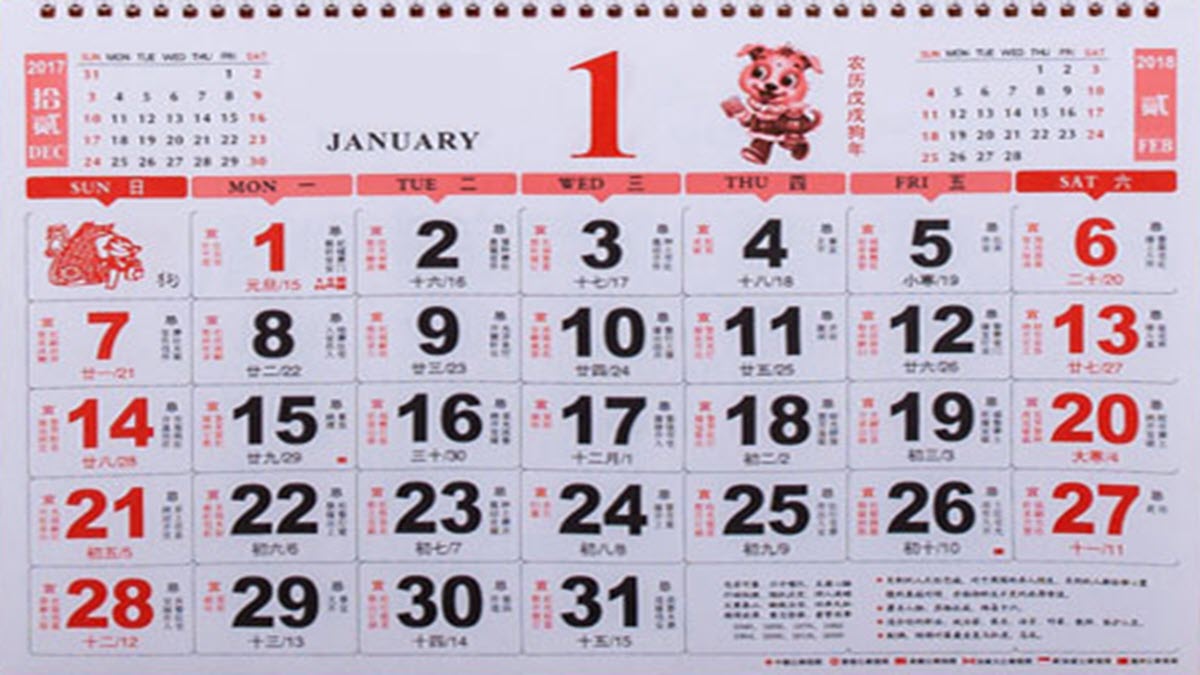
Hong Kong, a vibrant metropolis known for its bustling streets and rich cultural heritage, follows a unique calendar system that combines the Gregorian calendar with the traditional Chinese lunisolar calendar. This hybrid calendar, known as the Hong Kong Calendar, allows residents to seamlessly navigate both Western and Eastern timekeeping traditions.
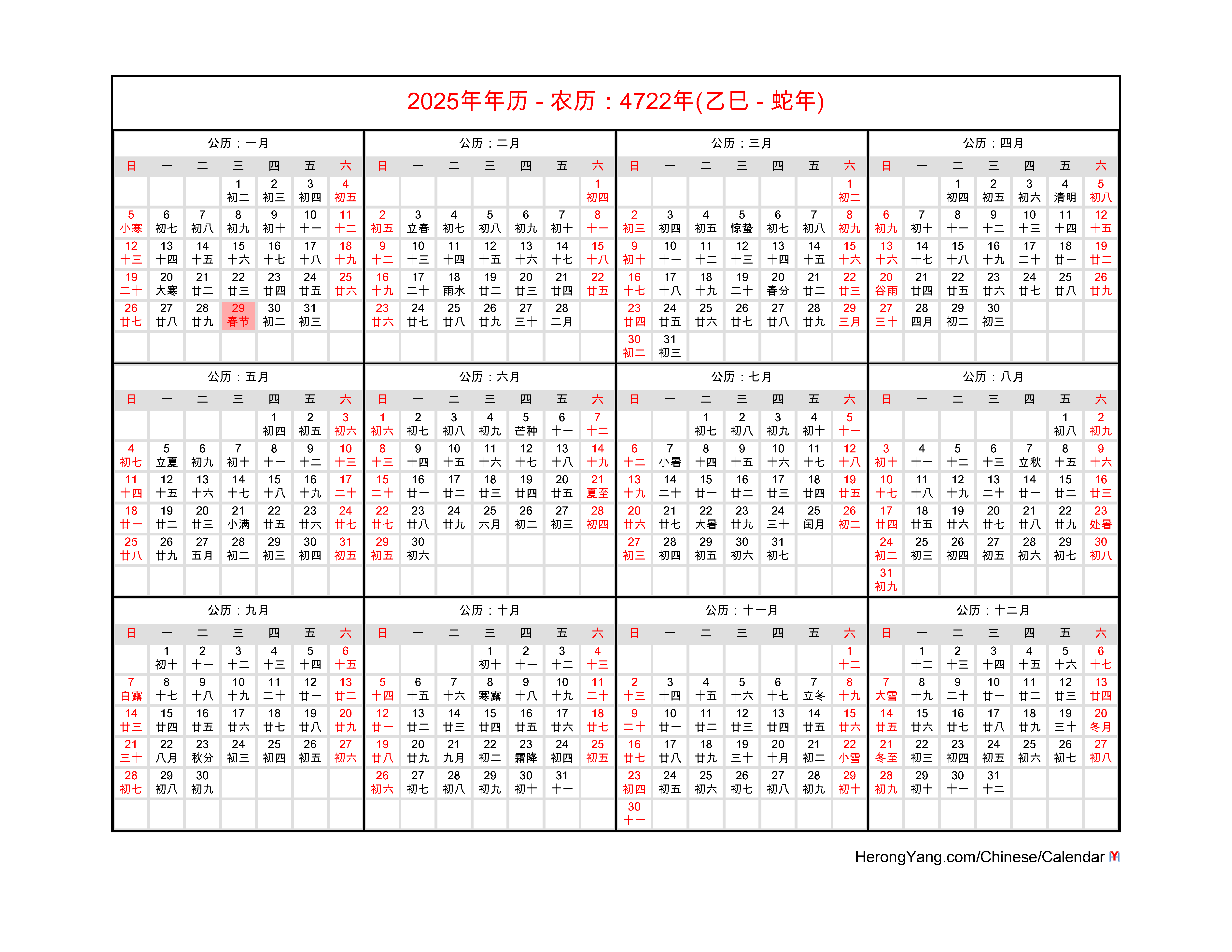
The Gregorian calendar, widely used throughout the world, is a solar calendar based on the Earth’s orbit around the sun. It consists of 12 months, with alternating lengths of 30 or 31 days, except for February, which typically has 28 days. Every fourth year, except for years divisible by 100 but not by 400, February has an extra day, known as leap day, resulting in a 29-day February.
The Chinese lunisolar calendar, also known as the lunar calendar, is based on the moon’s phases and the Earth’s orbit around the sun. It consists of 12 lunar months, each beginning with a new moon. Lunar months are typically 29 or 30 days long, and the calendar year alternates between 12 and 13 months to align with the solar year.
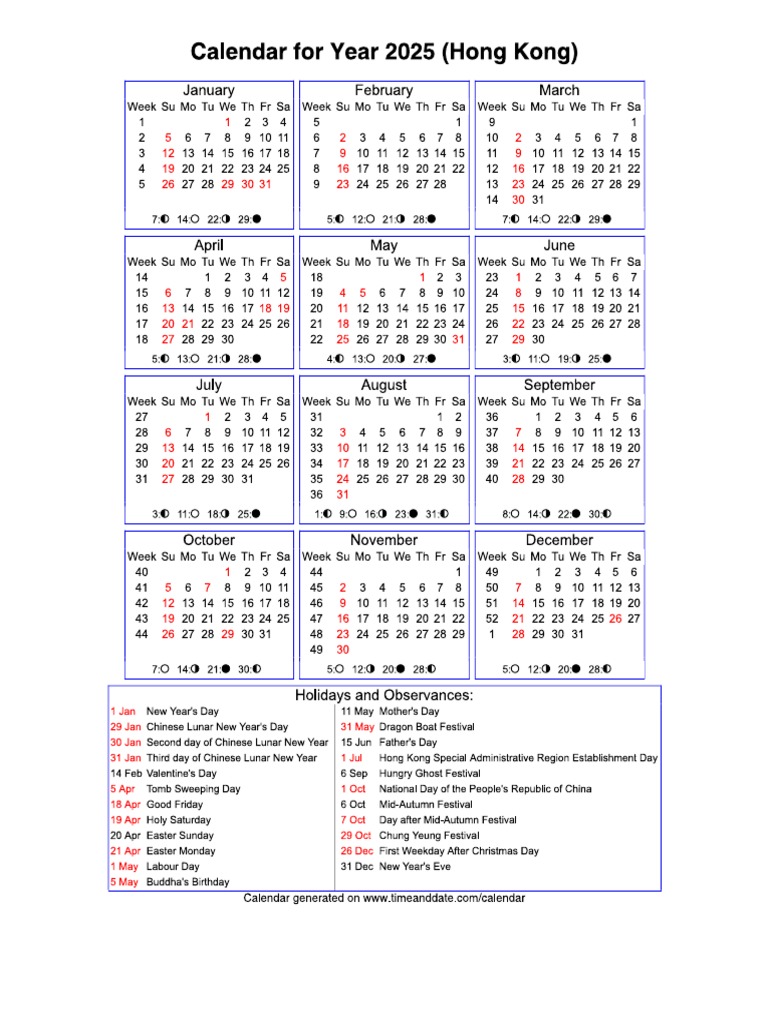
The Hong Kong Calendar combines the Gregorian and lunar calendars, displaying both the Gregorian date and the corresponding Chinese lunar date. This allows residents to easily observe both Western and Chinese holidays and traditions.
The Hong Kong Calendar follows the Gregorian calendar for month and day names. The months are January, February, March, April, May, June, July, August, September, October, November, and December. The days of the week are Sunday, Monday, Tuesday, Wednesday, Thursday, Friday, and Saturday.

The Chinese lunar months in the Hong Kong Calendar have unique names and correspond to the 12 Chinese zodiac animals. The lunar months are:
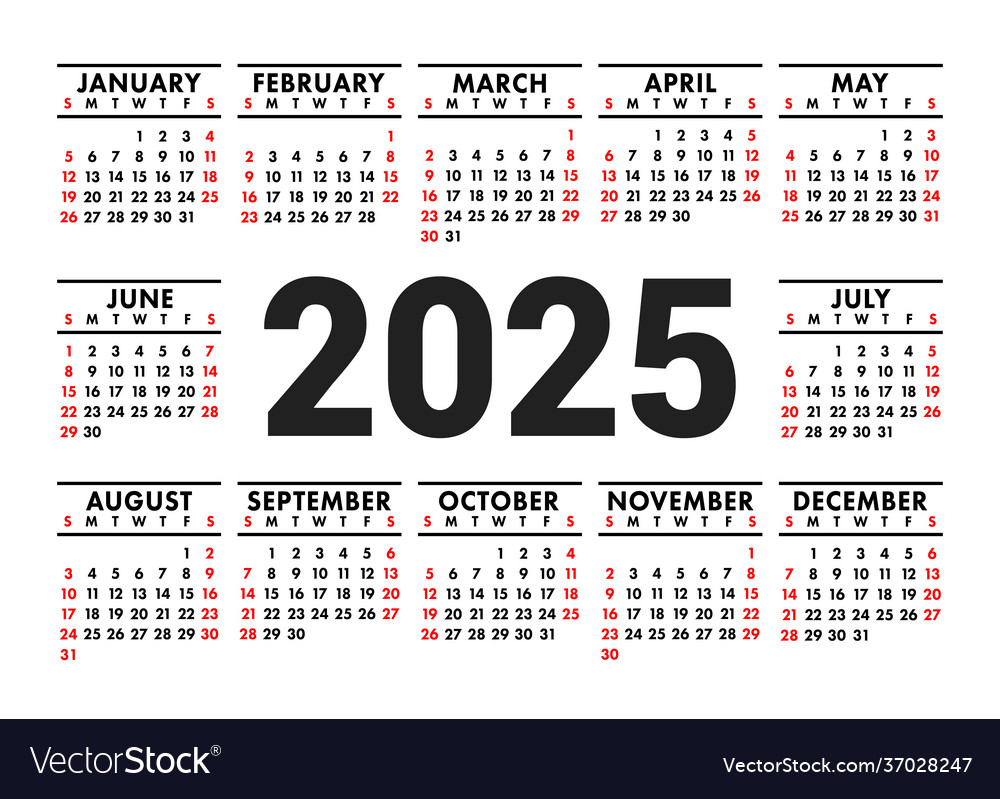
The Chinese lunar year begins on the first day of the first lunar month, which typically falls in late January or early February. The lunar year ends on the last day of the last lunar month, which typically falls in late January or early February of the following Gregorian year.

The Hong Kong Calendar includes both Western and Chinese holidays and festivals. Some of the most significant holidays observed in Hong Kong include:
The Hong Kong Calendar serves as a testament to the city’s unique cultural heritage and its ability to bridge the gap between East and West. It allows residents to seamlessly navigate both Western and Chinese traditions, fostering a sense of cultural inclusivity and harmony.
The following table provides an example of a page from the Hong Kong Calendar for the month of January 2025:
The Hong Kong Calendar 2025 with Lunar Calendar provides a comprehensive and accessible resource for residents and visitors alike to navigate both Western and Chinese timekeeping traditions. It serves as a reminder of the city’s rich cultural heritage and its ability to seamlessly blend East and West, creating a unique and vibrant tapestry of cultural experiences.



![]()



Thus, we hope this article has provided valuable insights into Hong Kong Calendar 2025 with Lunar Calendar. We thank you for taking the time to read this article. See you in our next article!